11 Reasons Black Cats Are the Most Misunderstood Pets on Earth
Black cats have been dodging bad press for centuries, thanks to a mix of old myths, historical mishaps, and modern-day biases. Despite being just as affectionate and playful as any other feline, they often get the short end of the adoption stick. So why does the world still get weird about black cats? Let’s break down the biggest reasons.
They’ve Been Called Unlucky for Centuries
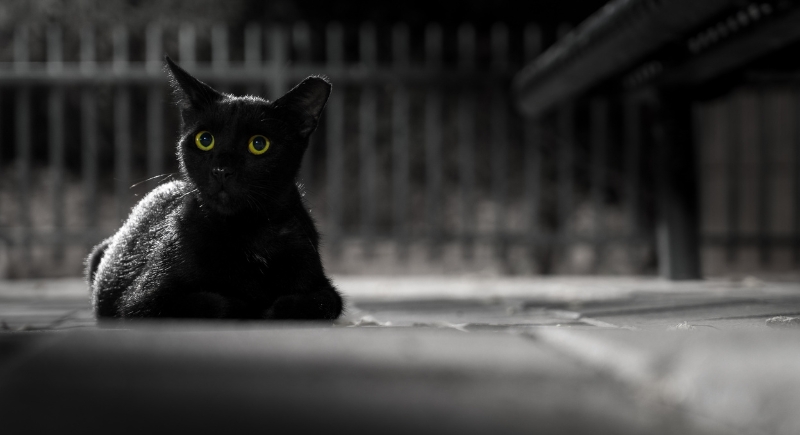
Credit: Getty Images
It all started in the Middle Ages. People connected black cats to witchcraft, claiming they were messengers for the devil, or even witches in disguise. And somehow, that fear snowballed into a superstition that crossing paths with a black cat could ruin your day.
They Got Caught Up in the Witch Hunt Hysteria
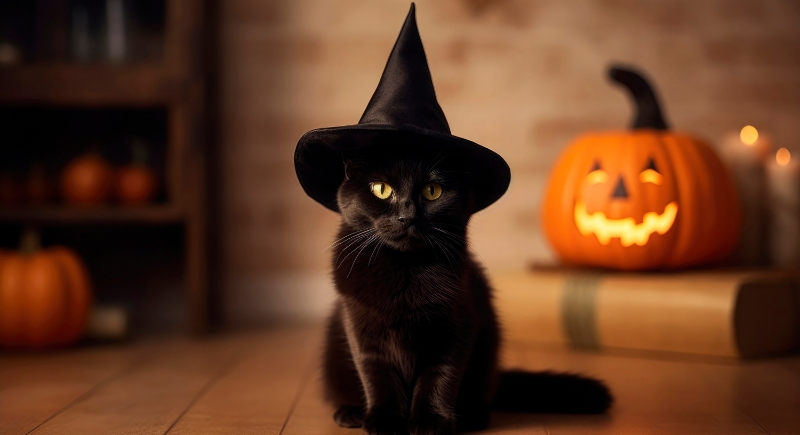
Credit: Canva
In the Salem witch trials in the late 1600s, paranoia was off the charts. Anything slightly odd became “evidence” of sorcery, and that included owning a black cat. Black cats became guilty by association, and the myth stuck around way longer than it should have.
Their Dark Coats Don’t Shine in Selfies
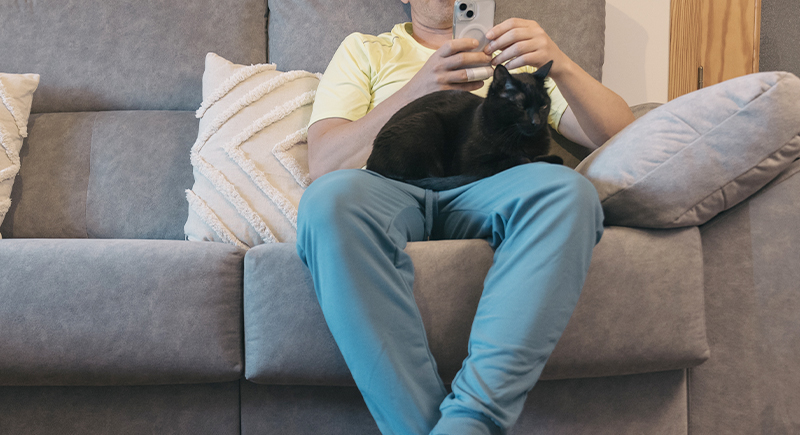
Credit: iStockphoto
It might sound shallow, but photo appeal matters in shelters. Black cats are often overlooked because they don’t stand out in dim lighting or casual phone pics. Their features make it harder for them to “market” online. It’s a real issue in an era when adoptable pets are showcased through pictures.
People Say They’re Hard to Read

Credit: freepik
The thinking goes: lighter cats show their emotions more clearly, while dark fur hides the subtle stuff, like eye squints or facial shifts. But cats communicate in more ways than just their face. Tail flicks, ear position, and vocalizations—all are cues you can learn to understand, no matter the color.
Pop Culture Gave Them the Creepy Role

Credit: pixabay
In movies and TV, black cats almost always play the same part: spooky, mysterious, or connected to magic. Think Salem in Sabrina the Teenage Witch or the black cat lurking in the shadows of every horror flick. In reality, these cats on set were probably eating treats between takes.
Adoption Stats Aren’t on Their Side
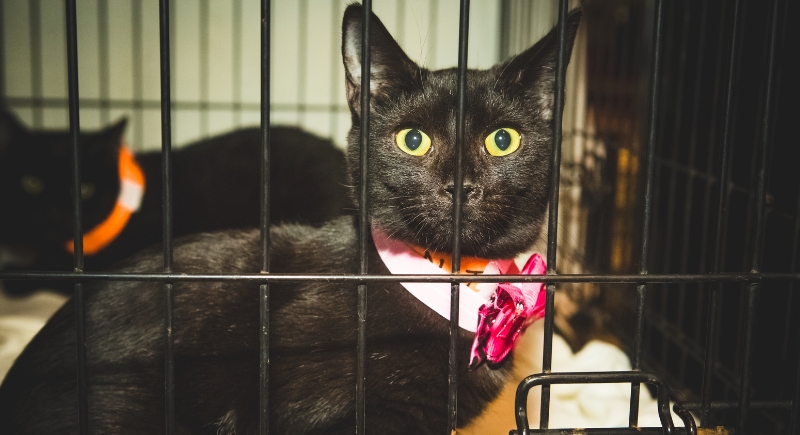
Credit: Getty Images
Across the U.S., shelter data shows that black cats tend to get adopted less frequently and sit in shelters longer than their lighter-colored friends. It often comes down to visibility and lingering superstitions. The term “Black Cat Syndrome” popped up to describe this odd trend.
Halloween Doesn’t Help Their Image
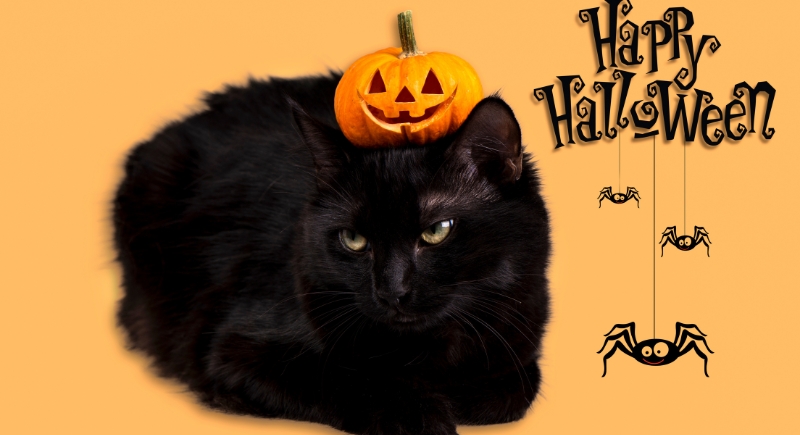
Credit: Getty Images
October is often the most complicated month. Some shelters pause black cat adoptions during Halloween because of past reports of cruelty or people adopting cats to match a costume. It’s a challenging situation: more people notice black cats that month, but not always for the right reasons.
People Call Them Plain

Credit: Getty Images
Their fur isn’t always jet black—some shimmer in sunlight with hidden reds, browns, or blues. Their eye colors are also striking: golden, green, or copper-toned. There’s a wide range of variations in what we casually call “black.” They only lack flashy patterns, and that’s no reason to judge them.
People Assume They’re Moodier
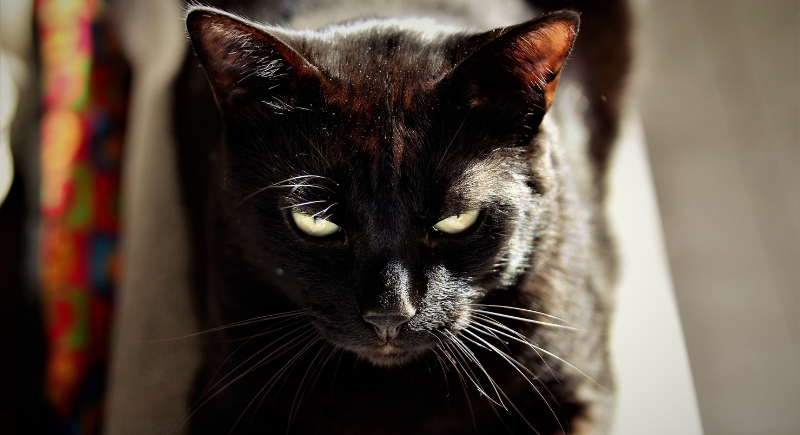
Credit: Getty Images
A surprising number of people think black cats are more aloof or moody than other cats, because their serious expression and dark features make them “look mean.” But that’s not how personality works. A cat’s temperament depends on a mix of genetics, socialization, and environment.
People Think They’re Harder to Connect With
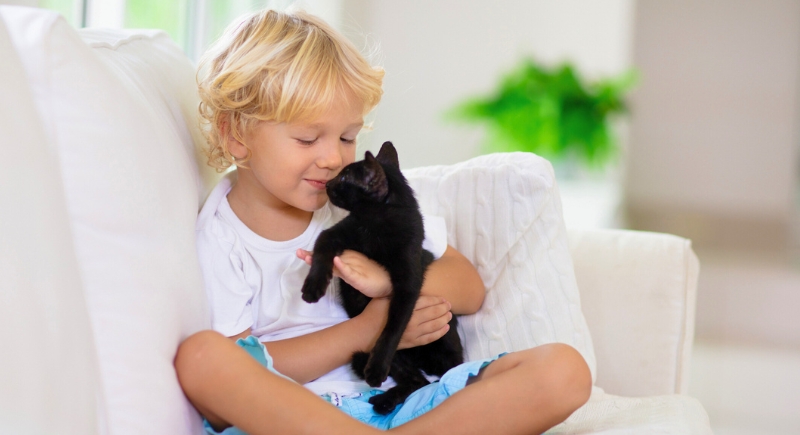
Credit: iStockphoto
Some potential adopters say they feel “less of a bond” when meeting black cats in shelters. It’s often because these cats don’t make eye contact in the same way. Their eyes blend into their dark fur, especially in dim lighting, which makes it harder to read their expressions at first glance.
Some People Mistake Them for Strays
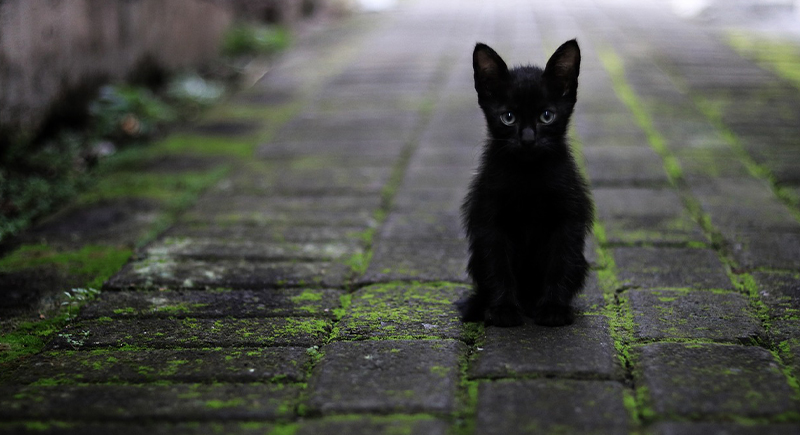
Credit: pixabay
Because black cats are relatively common in the feline gene pool, people sometimes assume they’re all the same—scrappy, or even feral. This stereotype erases the wide variety of breeds and personalities in black coats. Burmese, Bombay, and even some Maine Coons can be entirely black.
They Were Targeted in Anti-Pagan Campaigns

Credit: Getty Images
During Europe’s shift toward Christianity, anything associated with paganism got demonized, including animals linked to older religions. Black cats, which had once been sacred in some traditions, got swept up in that cultural shift. Over time, they went from divine protectors to signs of devilry.
Early Scientists Linked Fur Color to Personality
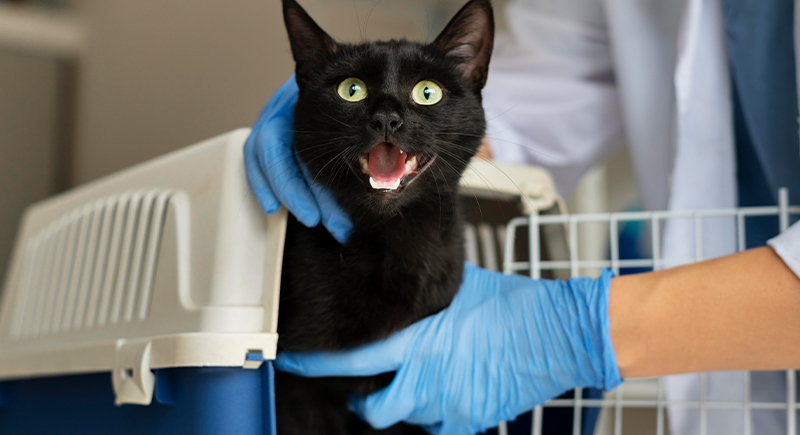
Credit: freepik
Believe it or not, some 19th-century animal behaviorists tried to link coat color to temperament. They claimed black animals were more aggressive or unpredictable. These “findings” had no solid evidence but stuck in the public’s thinking for decades. Modern science has since debunked the theory, but the myth persists.
They’re Used as “Tests” of Belief
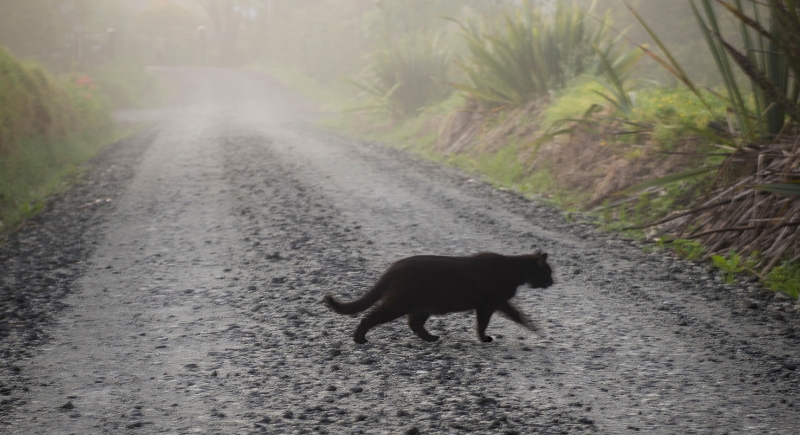
Credit: Getty Images
People sometimes use them as a way to judge others. “Do you believe in the bad luck thing?” becomes a casual quiz of someone’s logic. This turns black cats into a kind of litmus test for belief, rather than the actual, purring pets they are.
People Misunderstand Their Silence
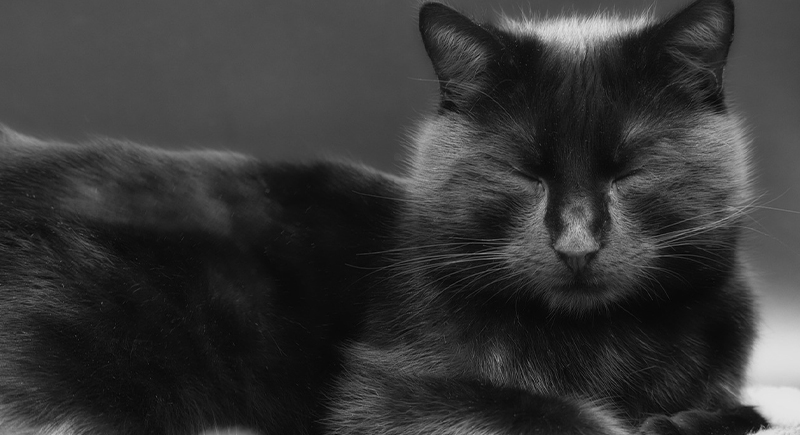
Credit: pixabay
Some black cats tend to be quieter, and unfortunately, their silence can be read as coldness or disinterest. In reality, many black cats are simply laid-back or observant. They might take longer to warm up, but when they do, they’re as affectionate as any chatterbox tabby.